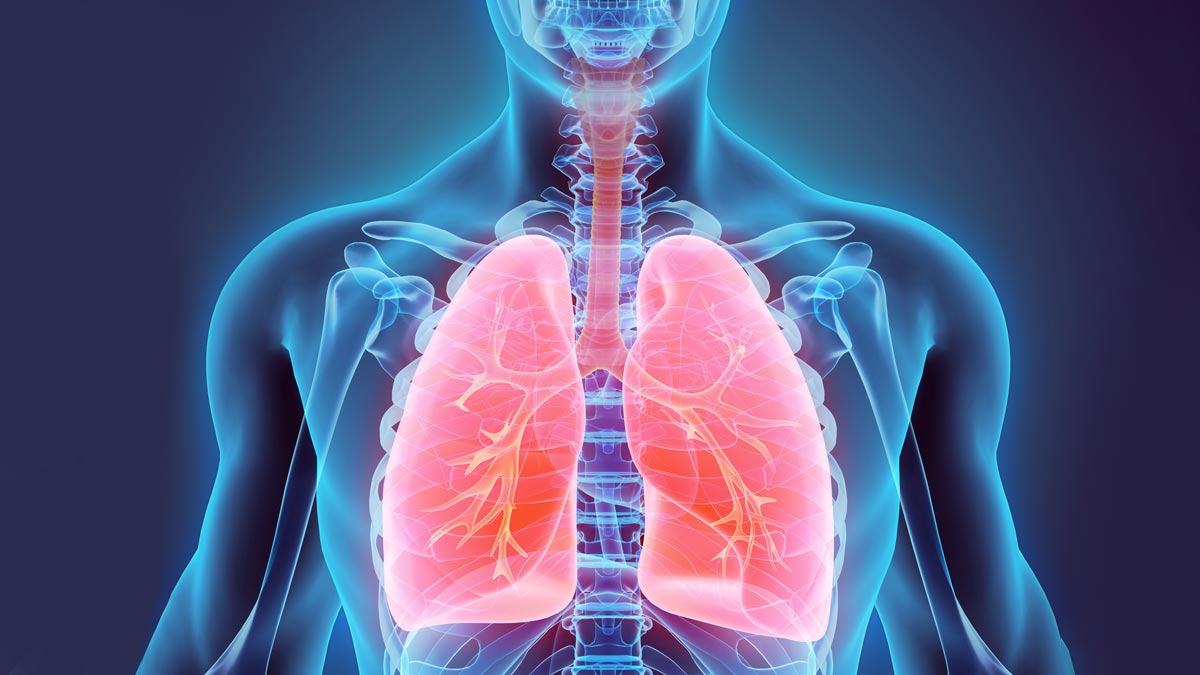
Lung cancer has long been associated with smoking, but recent studies suggest that air pollution, particularly exposure to fine particulate matter (PM2.5), may play a significant role in the development of lung cancer in women who have never smoked. A study presented at the International Association for the Study of Lung Cancer (IASLC) 2024 World Conference highlights this emerging risk, drawing attention to a potential link between PM2.5 exposure and advanced-stage lung cancer diagnoses, especially in women with certain genetic mutations.
Table of Content:-
The Role of PM2.5 in Lung Cancer Development
PM2.5 refers to particulate matter with a diameter smaller than 2.5 micrometers. These tiny particles, often present in air pollution, can penetrate deep into the lungs and even enter the bloodstream, causing significant health issues. The International Agency for Research on Cancer (IARC) classified outdoor air pollution, including PM2.5, as a carcinogen in 2013. This classification was based on accumulating evidence that exposure to these particles can lead to lung cancer.
While smoking remains the dominant cause of lung cancer worldwide, an increasing number of cases in non-smokers have puzzled researchers. Particularly among women, there is a growing concern that PM2.5 exposure may be contributing to this trend. In fact, lung cancer diagnoses in women who have never smoked are often more aggressive and tend to be diagnosed at later stages, making treatment more challenging.

Research Insights on PM2.5 and Lung Cancer Risk
A team of researchers, led by Dr. Yixian Chen from the British Columbia Cancer Research Institute, sought to explore the relationship between recent and long-term exposure to PM2.5 and lung cancer risk in non-smoking individuals. The study focused on men and women who had never smoked, examining the presence of epidermal growth factor receptor (EGFR) mutations, a genetic marker associated with certain types of lung cancer.
Also Read: New COVID XEC Variant Spreading Rapidly Across Europe, Experts Warn
The study involved 255 newly diagnosed lung cancer patients who had never smoked. Researchers gathered data on their residential history and used satellite and ground-based measurements to estimate PM2.5 levels at each location where these individuals lived. The team then analyzed whether there were differences in PM2.5 exposure and EGFR mutation status, especially with respect to the stage of cancer at diagnosis.
Key Findings: A Gender-Specific Risk
The study uncovered a significant connection between recent PM2.5 exposure and the risk of advanced lung cancer, but this association was notably stronger in women than in men. Among the female participants, those diagnosed with stage IV lung cancer were more likely to have EGFR mutations, a pattern not observed in men. Interestingly, women with higher cumulative PM2.5 exposure in the 3 to 5 years leading up to their diagnosis were more likely to have EGFR mutations, which could potentially influence cancer progression and outcomes.
Also Read: Suspected Mpox Case Reported In Kerala’s Malappuram; State On High Alert
For instance, the research showed that women with EGFR mutations had higher average PM2.5 exposure in the three years prior to their diagnosis compared to those without mutations (19.0 vs. 17.3 µg/m³). The trend continued when looking at cumulative exposure over a five-year period, with a similar disparity between EGFR-positive and EGFR-negative groups. However, long-term exposure to PM2.5 over 10, 15, or 20 years did not appear to have a clear impact on EGFR mutation status in either gender, indicating that recent exposure may be a more critical factor in lung cancer development.
Implications for Lung Cancer Risk in Non-Smokers
These findings suggest that women who have never smoked might be particularly vulnerable to the harmful effects of recent PM2.5 exposure, potentially leading to more aggressive forms of lung cancer. The presence of EGFR mutations in these patients also underscores the complexity of lung cancer biology, as genetic factors seem to interplay with environmental exposures in driving cancer progression.
Dr Chen emphasized the importance of further research to confirm whether PM2.5 exposure over a shorter duration, such as three to five years, is enough to elevate lung cancer risk. Understanding this relationship could pave the way for more targeted public health interventions, such as improving air quality standards or increasing screening for at-risk populations, particularly women who have never smoked.
Bottomline: A Growing Concern for Public Health
The potential link between PM2.5 exposure and lung cancer in non-smokers, particularly women, highlights an urgent need for action in addressing air pollution. While smoking cessation remains a key priority in reducing lung cancer rates, improving air quality could be equally important in preventing cases in individuals who have never smoked. As research continues to evolve, protecting vulnerable populations from harmful air pollutants may be critical in the fight against lung cancer.
How we keep this article up to date:
We work with experts and keep a close eye on the latest in health and wellness. Whenever there is a new research or helpful information, we update our articles with accurate and useful advice.
Current Version